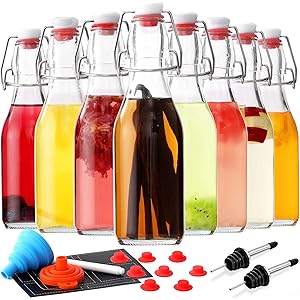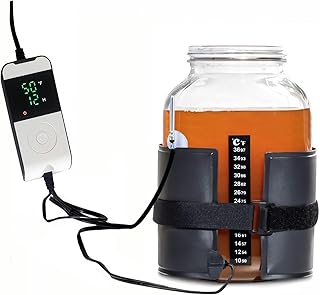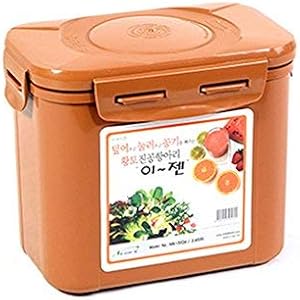Understanding Yeast Activation
Yeast activation is a crucial process in baking and brewing, where yeast cells become active and start fermenting sugars. If yeast doesn’t activate, it can lead to various issues in your recipes, resulting in undesirable textures and flavors. Understanding what happens if yeast doesn’t activate is essential for anyone looking to achieve the perfect rise in bread or the right fermentation in beverages.
Signs of Inactive Yeast
When yeast fails to activate, several signs can indicate the problem. The most noticeable sign is the lack of bubbling or frothing in the mixture after adding yeast to warm water and sugar. If you observe no activity within 10 minutes, it’s likely that the yeast is inactive. This can lead to dense bread or flat beer, as the fermentation process is essential for creating carbon dioxide, which helps the dough rise.
Common Causes of Yeast Inactivity
There are several reasons why yeast may not activate properly. One common cause is temperature; if the water is too hot, it can kill the yeast, while water that is too cold may not provide the warmth needed for activation. Additionally, expired yeast or improper storage can lead to a loss of potency, resulting in failure to activate. Understanding these factors is vital to prevent issues in your baking or brewing endeavors.
The Role of Sugar in Yeast Activation
Sugar plays a significant role in the activation of yeast. When yeast is added to a sugar solution, it begins to consume the sugar, producing carbon dioxide and alcohol as byproducts. If there is insufficient sugar, the yeast may not activate effectively. Therefore, ensuring the right sugar content in your mixture is essential for successful fermentation and rising of dough.
Impact on Baking and Brewing
If yeast doesn’t activate, the impact on your baking and brewing can be significant. In baking, the dough may not rise, resulting in a dense and unappetizing loaf. In brewing, the lack of fermentation can lead to flat beer with no carbonation. Understanding what happens if yeast doesn’t activate helps you troubleshoot and adjust your recipes for better results.
Get more content like this!
Sign up to receive updates and new terms first hand.
Testing Yeast for Activation
To ensure your yeast is active, you can perform a simple test. Combine warm water (about 110°F or 43°C) with a teaspoon of sugar and add your yeast. Wait for about 10 minutes. If the mixture bubbles and froths, your yeast is active and ready to use. If not, it’s best to start over with fresh yeast to avoid any issues in your final product.
Using Alternative Leavening Agents
If you find that your yeast has not activated and you are in a pinch, consider using alternative leavening agents. Baking powder and baking soda can provide the necessary lift in baked goods without relying on yeast. However, these alternatives may not provide the same flavor profile or texture, so it’s essential to understand the differences in your recipes.
Preventing Yeast Activation Issues
To prevent issues with yeast activation, always check the expiration date on your yeast package and store it in a cool, dry place. Additionally, ensure that your water temperature is within the optimal range for yeast activation. By taking these precautions, you can minimize the risk of encountering problems with inactive yeast in your baking and brewing projects.
Conclusion on Yeast Activation
In summary, understanding what happens if yeast doesn’t activate is crucial for achieving the desired results in your culinary endeavors. By recognizing the signs of inactive yeast, knowing the common causes, and taking preventive measures, you can ensure successful fermentation and rising in your recipes. Whether baking bread or brewing beer, active yeast is essential for creating delicious and enjoyable products.




